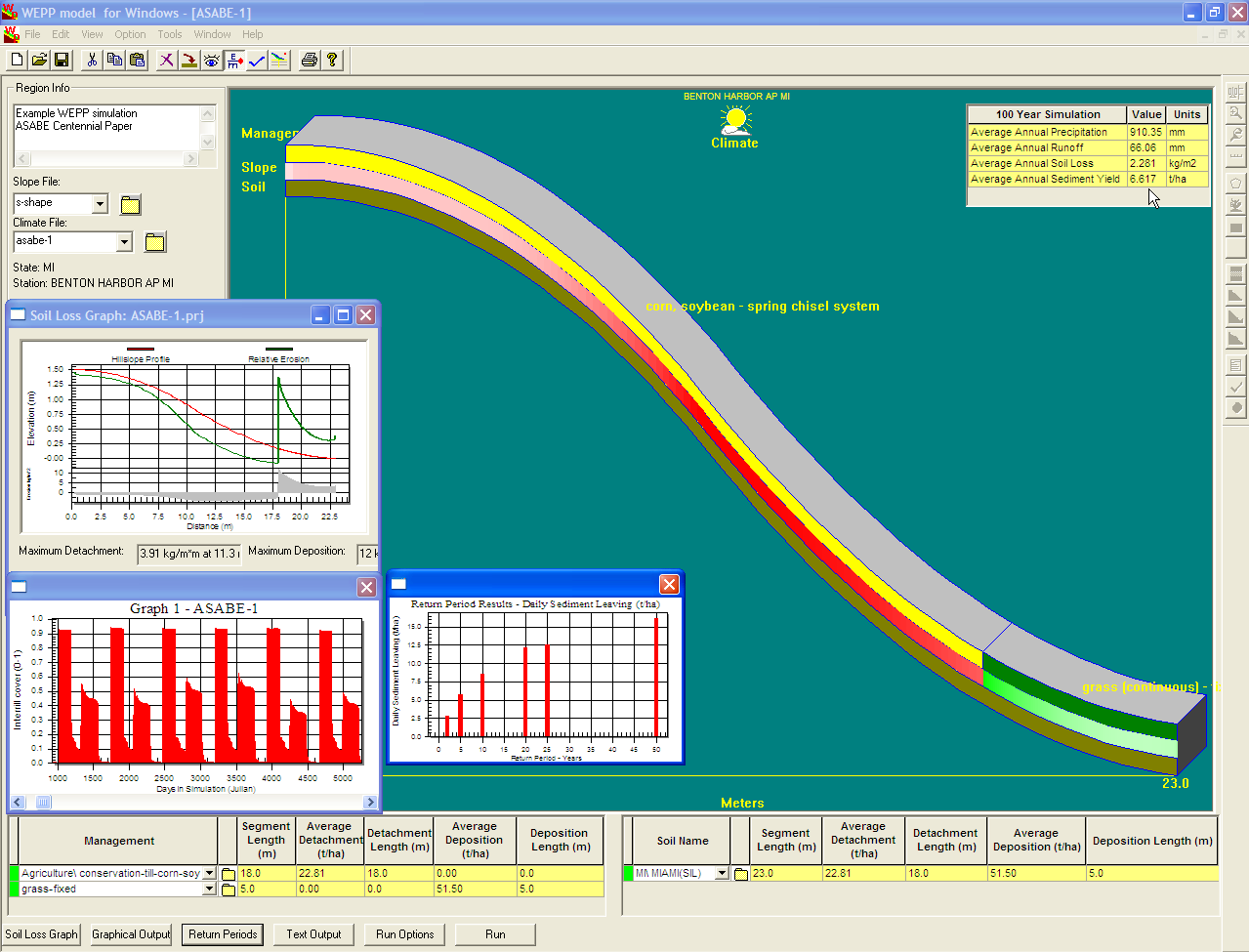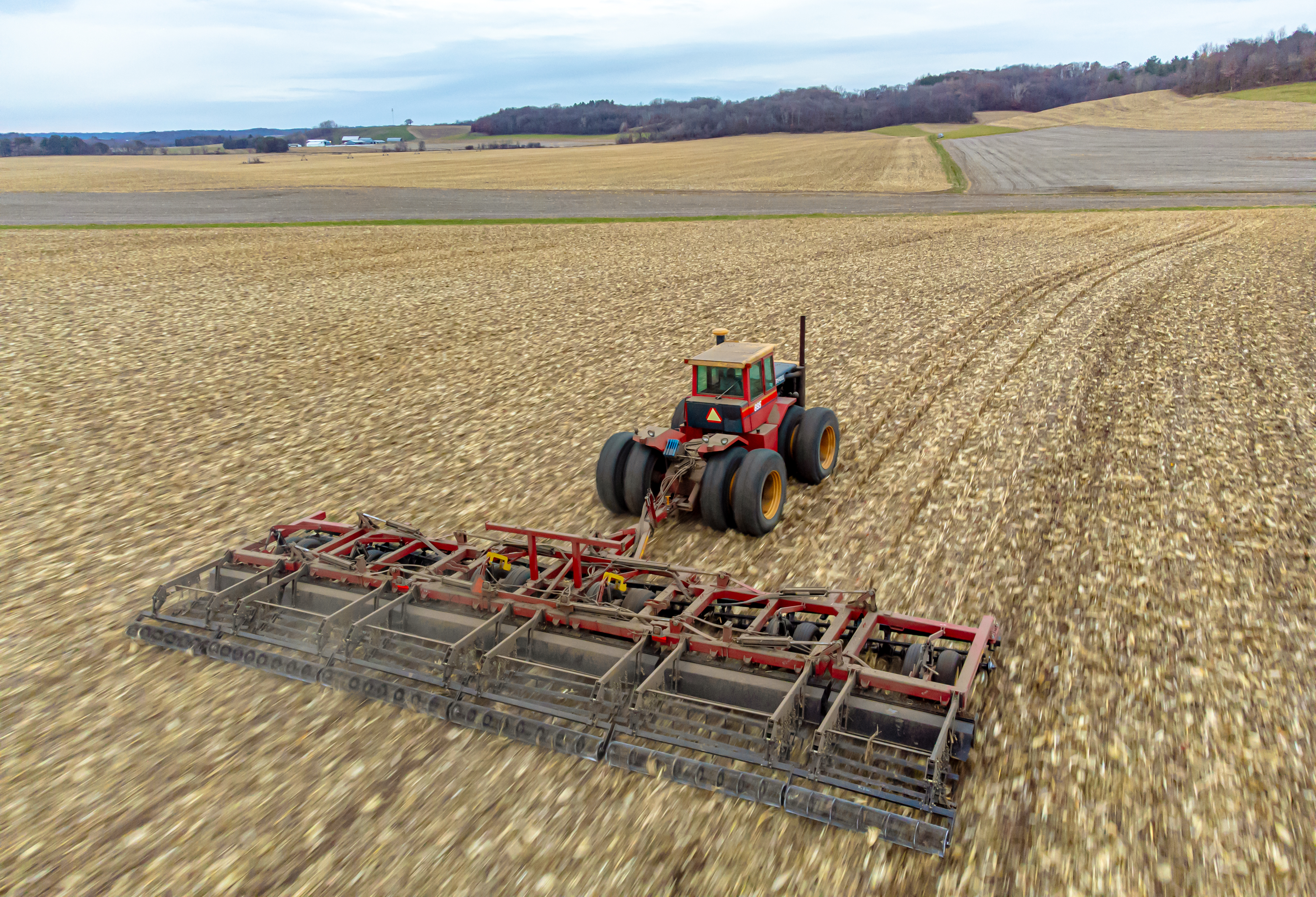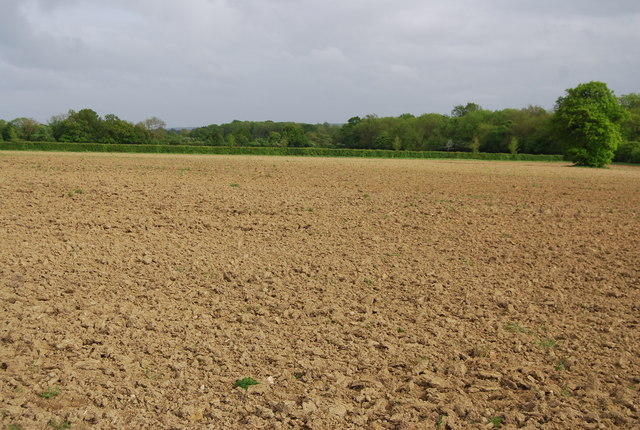|
Universal Soil Loss Equation
The Universal Soil Loss Equation (USLE) is a widely used mathematical model that describes soil erosion processes. Erosion models play critical roles in soil and water resource conservation and nonpoint source pollution assessments, including: sediment load assessment and inventory, conservation planning and design for sediment control, and for the advancement of scientific understanding. The USLE or one of its derivatives are main models used by United States government agencies to measure water erosion. The USLE was developed in the U.S., based on soil erosion data collected beginning in the 1930s by the U.S. Department of Agriculture (USDA) Soil Conservation Service (now the USDA Natural Resources Conservation Service). The model has been used for decades for purposes of conservation planning both in the United States where it originated and around the world, and has been used to help implement the United States' multibillion-dollar conservation program. The Revised Universal ... [...More Info...] [...Related Items...] OR: [Wikipedia] [Google] [Baidu] |
Mathematical Model
A mathematical model is an abstract and concrete, abstract description of a concrete system using mathematics, mathematical concepts and language of mathematics, language. The process of developing a mathematical model is termed ''mathematical modeling''. Mathematical models are used in applied mathematics and in the natural sciences (such as physics, biology, earth science, chemistry) and engineering disciplines (such as computer science, electrical engineering), as well as in non-physical systems such as the social sciences (such as economics, psychology, sociology, political science). It can also be taught as a subject in its own right. The use of mathematical models to solve problems in business or military operations is a large part of the field of operations research. Mathematical models are also used in music, linguistics, and philosophy (for example, intensively in analytic philosophy). A model may help to explain a system and to study the effects of different components, ... [...More Info...] [...Related Items...] OR: [Wikipedia] [Google] [Baidu] |
Rainfall
Rain is a form of precipitation where water droplets that have condensed from atmospheric water vapor fall under gravity. Rain is a major component of the water cycle and is responsible for depositing most of the fresh water on the Earth. It provides water for hydroelectric power plants, crop irrigation, and suitable conditions for many types of ecosystems. The major cause of rain production is moisture moving along three-dimensional zones of temperature and moisture contrasts known as weather fronts. If enough moisture and upward motion is present, precipitation falls from convective clouds (those with strong upward vertical motion) such as cumulonimbus (thunder clouds) which can organize into narrow rainbands. In mountainous areas, heavy precipitation is possible where upslope flow is maximized within windward sides of the terrain at elevation which forces moist air to condense and fall out as rainfall along the sides of mountains. On the leeward side of mountains, ... [...More Info...] [...Related Items...] OR: [Wikipedia] [Google] [Baidu] |
WEPP
The Water Erosion Prediction Project (WEPP) model is a physically based erosion simulation model built on the fundamentals of hydrology, plant science, hydraulics, and erosion mechanics. The model was developed by an interagency team of scientists to replace the Universal Soil Loss Equation (USLE) and has been widely used in the United States and the world. WEPP requires four inputs, i.e., climate, topography, soil, and management (vegetation); and provides various types of outputs, including water balance (surface runoff, subsurface flow, and evapotranspiration), soil detachment and deposition at points along the slope, sediment delivery, and vegetation growth. The WEPP model has been improved continuously since its public delivery in 1995, and is applicable for a variety of areas (e.g., cropland, rangeland, forestry, fisheries, and surface coal mining). Capability and strength WEPP is applicable for a wide range of geographic and land-use and management conditions, and cap ... [...More Info...] [...Related Items...] OR: [Wikipedia] [Google] [Baidu] |
Erosion Control
Erosion control is the practice of preventing or controlling wind or water erosion in agriculture, land development, coast, coastal areas, Bank (geography), river banks and construction. Effective erosion controls handle surface runoff and are important techniques in preventing water pollution, soil erosion, soil loss, wildlife habitat loss and human property loss. Usage Erosion controls are used in natural areas, agricultural settings or urban environments. In urban areas erosion controls are often part of stormwater runoff management programs required by local governments. The controls often involve the creation of a physical barrier, such as vegetation or rock, to absorb some of the energy of the wind or water that is causing the erosion. They also involve building and maintaining storm drains. On construction sites they are often implemented in conjunction with sediment controls such as sediment basins and silt fences. Bank erosion is a natural process: without it, River, r ... [...More Info...] [...Related Items...] OR: [Wikipedia] [Google] [Baidu] |
CPESC
{{Unreferenced, date=July 2020 Certified Professional in Erosion and Sediment Control (CPESC) is a qualification indicating the holder has educational training, expertise and experience in controlling erosion and sedimentation, and met certification standards. Eligibility requirements * Each applicant must successfully pass a written examination designed to determine proficiency in the principles, practices, and legislation of erosion and sediment control A sediment control is a practice or device designed to keep eroded soil on a construction site, so that it does not wash off and cause water pollution to a nearby stream, river, lake, or sea. Sediment controls are usually employed together with e .... Applicants must also meet one of the following requirements: *# Earn a BS degree or higher plus three years of professional level experience in the soil erosion and sediment control profession *# Complete seven years or more of professional level experience in the erosion and ... [...More Info...] [...Related Items...] OR: [Wikipedia] [Google] [Baidu] |
Historic Landscape Characterisation
Historic landscape characterisation is a programme initiated by English Heritage to increase understanding of the wider designed landscape, beyond that of the planned parkland of the country estate. Similar programmes operate in Scotland, Wales and the Republic of Ireland, although different terminology is used. In Catalonia, since 2010, there is the PaHisCat program. Description Historic characterisation is described by the Council for British Archaeology as "a way of going beyond intuition to get beneath the skin of a place and look at its essential qualities and character." The historic landscape characterisation programme does not restrict itself to historic buildings, ornamental landscapes and purely "archaeological" features, but embraces other man made features such as hedges and managed woodland. It recognises that the landscape itself can be historic (in addition to historic features within it). Recognising the historic character of a landscape is intended to allow the ... [...More Info...] [...Related Items...] OR: [Wikipedia] [Google] [Baidu] |
Geographic Information System
A geographic information system (GIS) consists of integrated computer hardware and Geographic information system software, software that store, manage, Spatial analysis, analyze, edit, output, and Cartographic design, visualize Geographic data and information, geographic data. Much of this often happens within a spatial database; however, this is not essential to meet the definition of a GIS. In a broader sense, one may consider such a system also to include human users and support staff, procedures and workflows, the Geographic Information Science and Technology Body of Knowledge, body of knowledge of relevant concepts and methods, and institutional organizations. The uncounted plural, ''geographic information systems'', also abbreviated GIS, is the most common term for the industry and profession concerned with these systems. The academic discipline that studies these systems and their underlying geographic principles, may also be abbreviated as GIS, but the unambiguous GIScie ... [...More Info...] [...Related Items...] OR: [Wikipedia] [Google] [Baidu] |
Landscape Archaeology
Landscape archaeology, previously known as total archaeology is a sub-discipline of archaeology and archaeological theory. It studies the ways in which people in the past constructed and used the environment around them. It is also known as archaeogeography (from the Greek "ancient", and "earth study"). Landscape archaeology is inherently multidisciplinary in its approach to the study of culture, and is used by pre-historical, classic, and historic archaeologists. The key feature that distinguishes landscape archaeology from other archaeological approaches to sites is that there is an explicit emphasis on the sites' relationships between material culture, human alteration of land/cultural modifications to landscape, and the natural environment. The study of landscape archaeology (also sometimes referred to as the archaeology of the cultural landscape) has evolved to include how landscapes were used to create and reinforce social inequality and to announce one's social status to th ... [...More Info...] [...Related Items...] OR: [Wikipedia] [Google] [Baidu] |
Nomograph
A nomogram (), also called a nomograph, alignment chart, or abac, is a graphical calculating device, a two-dimensional diagram designed to allow the approximate graphical computation of a mathematical function. The field of nomography was invented in 1884 by the French engineer Philbert Maurice d'Ocagne (1862–1938) and used extensively for many years to provide engineers with fast graphical calculations of complicated formulas to a practical precision. Nomograms use a parallel coordinate system invented by d'Ocagne rather than standard Cartesian coordinates. A nomogram consists of a set of n scales, one for each variable in an equation. Knowing the values of n-1 variables, the value of the unknown variable can be found, or by fixing the values of some variables, the relationship between the unfixed ones can be studied. The result is obtained by laying a straightedge across the known values on the scales and reading the unknown value from where it crosses the scale for that v ... [...More Info...] [...Related Items...] OR: [Wikipedia] [Google] [Baidu] |
Journal Of Soil And Water Conservation
The ''Journal of Soil and Water Conservation'' is a bimonthly peer-reviewed journal of conservation science, practice, and policy. The journal is published by the Soil and Water Conservation Society The Soil and Water Conservation Society (SWCS) is a professional and scientific membership society. The mission of the organization is to foster the science and art of natural resource management for sustainability. The society was formed in 1945 .... References Earth and atmospheric sciences journals Soil science journals {{soil-sci-journal-stub ... [...More Info...] [...Related Items...] OR: [Wikipedia] [Google] [Baidu] |
Tillage
Tillage is the agriculture, agricultural preparation of soil by mechanical wikt:agitation#Noun, agitation of various types, such as digging, stirring, and overturning. Examples of manual labour, human-powered tilling methods using hand tools include shoveling, pickaxe, picking, mattock work, hoe (tool), hoeing, and rake (tool), raking. Examples of working animal, draft-animal-powered or mechanization, mechanized work include ploughing (overturning with moldboards or chiseling with chisel shanks), rotary tiller, rototilling, rolling with cultipackers or other roller (agricultural tool), rollers, harrow (tool), harrowing, and cultivating with cultivator shanks (teeth). Tillage that is deeper and more thorough is classified as primary, and tillage that is shallower and sometimes more selective of location is secondary. Primary tillage such as ploughing tends to produce a rough surface finish, whereas secondary tillage tends to produce a smoother surface finish, such as that required ... [...More Info...] [...Related Items...] OR: [Wikipedia] [Google] [Baidu] |
Fallow
Fallow is a farming technique in which arable land is left without sowing for one or more vegetative cycles. The goal of fallowing is to allow the land to recover and store Organic compound, organic matter while retaining moisture and disrupting pest life cycles and soil borne pathogens by temporarily removing their Host (biology), hosts. Crop rotation systems typically called for some of a farmer's fields to be left fallow each year. The increase in intensive farming, including the use of cover crops in lieu of fallow practices, has caused a loss of acreage of fallow land, as well as field margins, hedges, and wasteland. This has reduced biodiversity; fallows have been the primary habitat for farmland bird populations. Fallow syndrome Fallow syndrome is when a crop has insufficient nutrient uptake due to the lack of arbuscular mycorhizae (AM fungi) in the soil following a fallow period. Crops such as corn that are prone to fallow syndrome should not follow a period of fallow, b ... [...More Info...] [...Related Items...] OR: [Wikipedia] [Google] [Baidu] |



